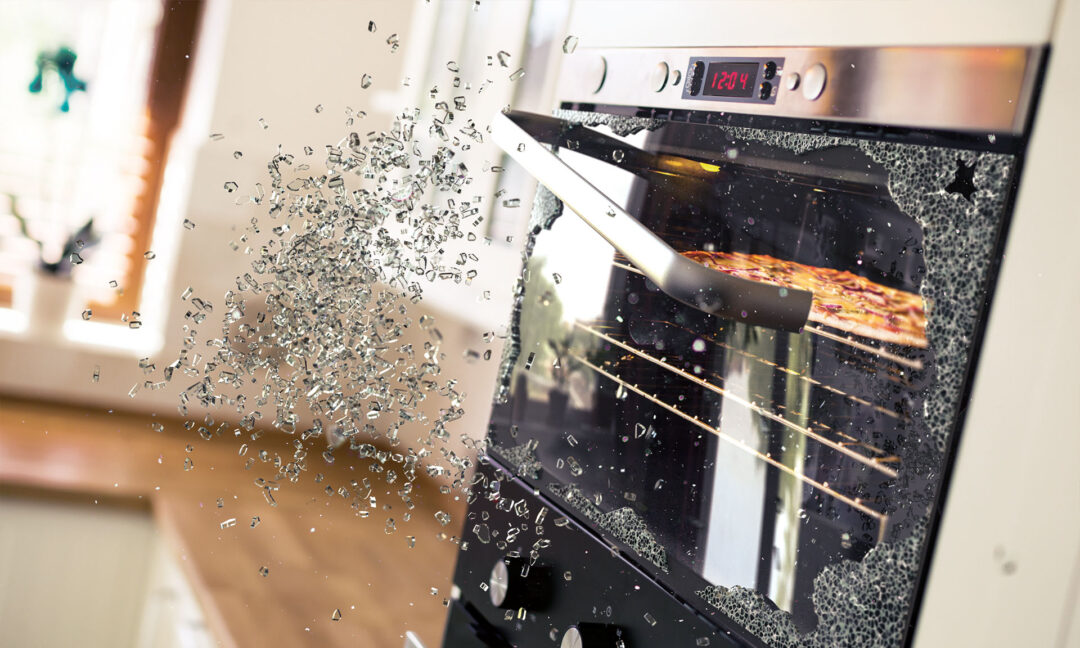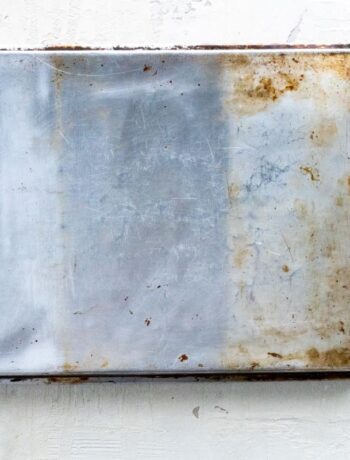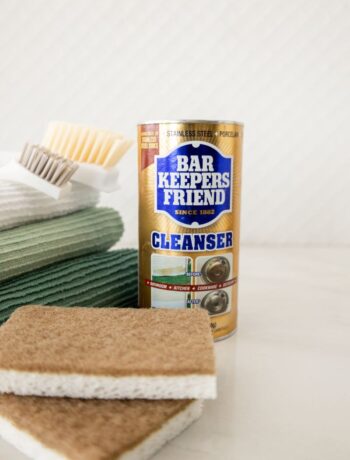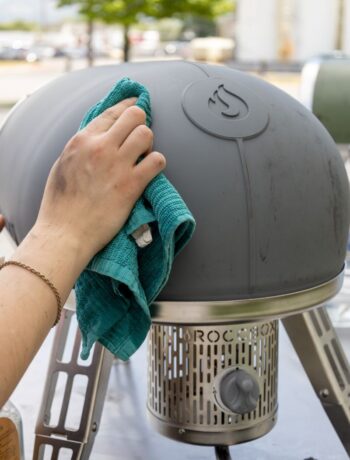Do you own a self-cleaning oven? That sounds like the best thing ever! Who wouldn’t want a spotless oven at the push of a button? Finally, no more chemical fumes and back-breaking scrubbing. But not so fast! Turns out the self-cleaning component of the oven can actually cause some serious problems. DO NOT (we repeat) DO NOT use it! This is an announcement we try to make once a year, and if it prevents just one broken oven, then it is worth it.
We totally understand. There are a handful of dreaded chores everyone just hates to do. Cleaning the oven always ranks near the top. So you were probably super excited when you bought your shiny new oven with the self-cleaning feature. Sadly, this feature is usually too good to be true. And over 20% of oven repairs are related to problems that arise after using the self-cleaning oven component.
Maybe you have never pushed the button. Or maybe you thought about it but ended up not doing it. Perhaps you used it once or twice and haven’t had any problems at all. Or perhaps you just have tons of questions about self-cleaning ovens. We are here to help.
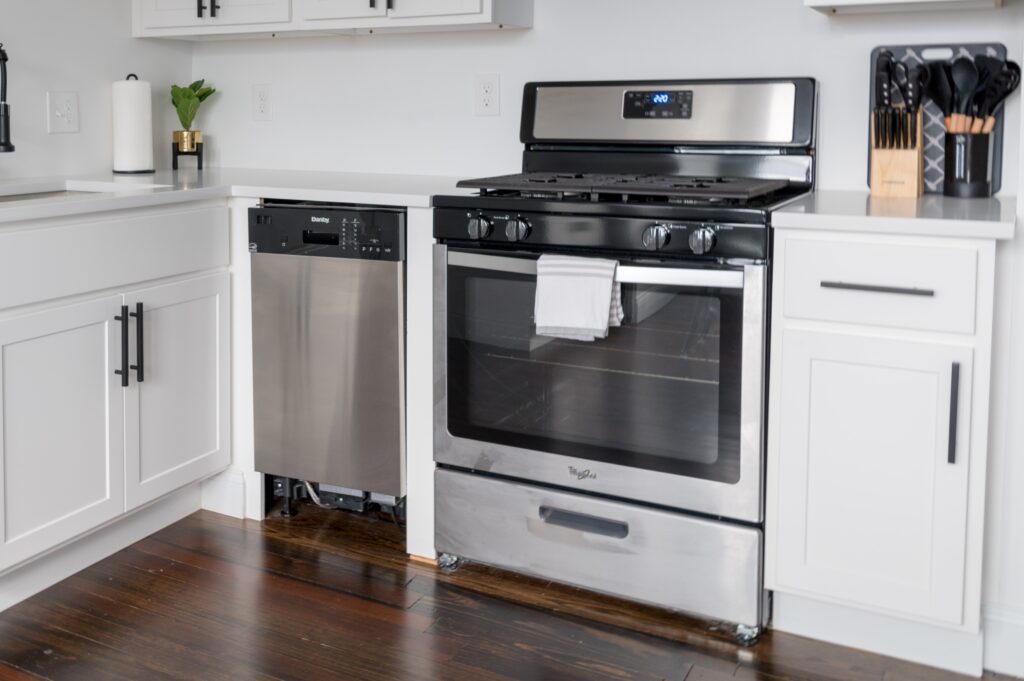
What is a Self-Cleaning Oven?
Don’t make the mistake of thinking the self-cleaning cycle is fully automated. Before running the cycle, you need to remove the racks by hand, sweep out any loose debris, and clean up any big messes inside. Then after the cycle, you will need to wash out all the char and ash with a sponge and soapy water. Basically, a self-cleaning feature is meant to make the job easier–not eliminate it entirely.
The feature uses steam or extremely high temperatures to remove leftover food residue and grease. “Steam cycles” are designed for light soils, whereas a true “self-cleaning” cycle is meant for a heavy-duty clean. For a steam-clean, the cycle temperatures usually max out at 400℉ and the cycle lasts for just under an hour for cleaning and cool down. During a true self-cleaning cycle, the oven temperatures reach much higher, upwards of 800℉, and the cycle generally lasts from 1.5 to 3 hours, but some models can last for up to 6 hours. This self-clean feature is meant to incinerate any stuck-on grime to ash so that it can be wiped away with a damp cloth or sponge.
What are the Risks?
After helping hundreds of customers through the years, we’ve seen this happen too many times. In preparation for a family feast or holiday meal, they decide to clean their oven the night before, only to shatter the glass or fry the motherboard and be left completely stranded with no way to cook. Broken glass. Fumes. Destroyed internal thermometer. Fried motherboard. It is just too risky!
In some cases, the self-cleaning will go off without a hitch. But during a self-cleaning oven cycle, you cannot leave the oven unattended. That tells you there is some risk involved. Certain parts of the oven can malfunction or break during a self-clean, including electrical components, bake or broil elements, heating elements, gaskets, and door latches. Also, temperatures are high enough to ignite food particles and even grease, so that is something to watch out for.
Burning food particles can release carbon monoxide gas. Self-cleaning can also release other toxic fumes from the Teflon coating or enamel lining of the oven. The front of the oven also gets extremely hot and can burn the skin (keep kids and pets far, far away!) One representative from the manufacturer even told us that every time you run the self-clean cycle it will wear down the oven a little more and most ovens can only withstand four self-cleaning cycles before being fried.
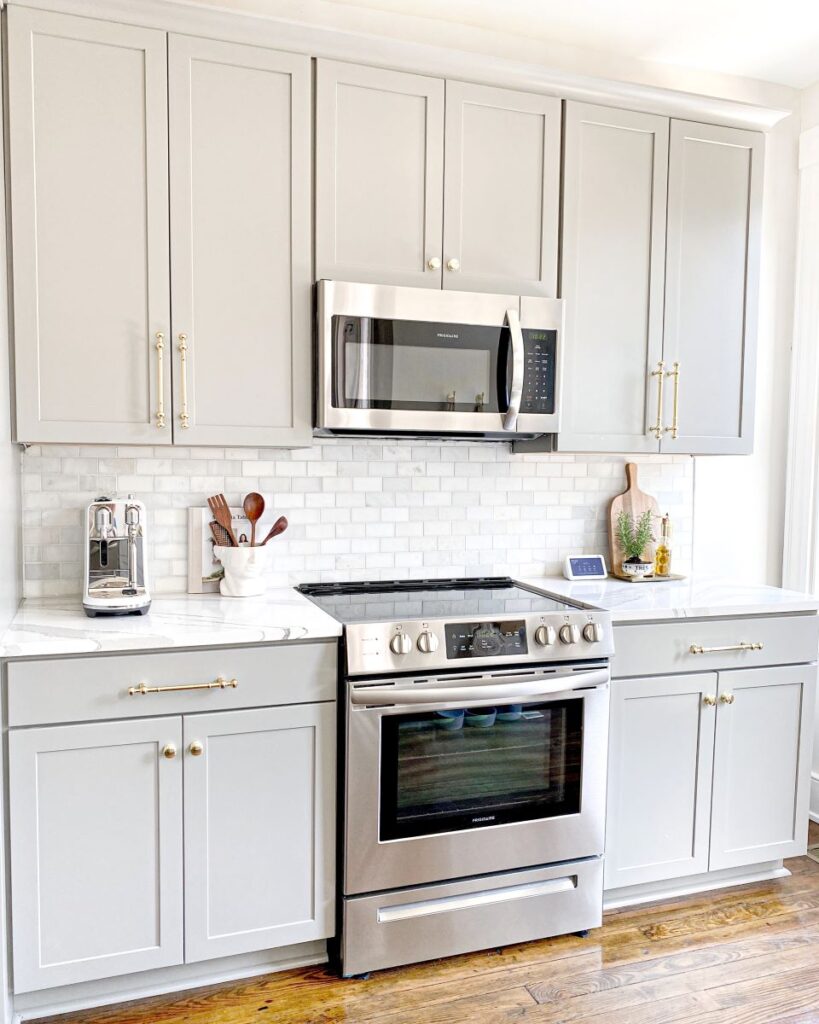
Why Do Manufacturers Still Include this Feature?
We know. You feel betrayed. Why do manufacturers keep putting out self-cleaning ovens if they can cause so much damage? They do it because consumers demand it. It is the most popular and most sought-after feature in a new oven, raking above stainless steel finishes, convection ovens, and even high-powered burners. The bottom line is the ovens without these features do not sell. Additionally, if your oven breaks because of a self-clean it means more money when you have to repair it or get a new one. Yay for them! Boo for you.
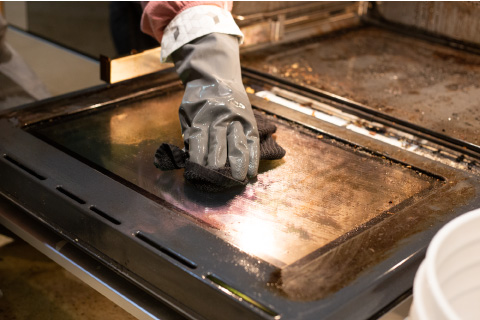
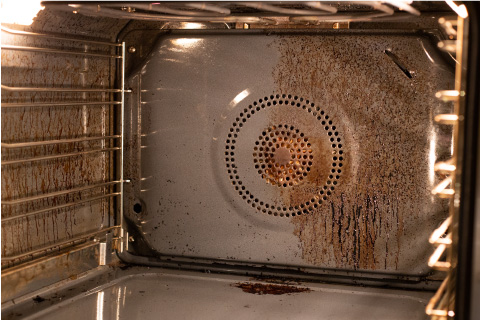
Now that you are aware of the dangers of the self-cleaning feature, you can decide whether or not it is worth it. The good news is that you can still deep clean your oven with this simple and effective manual cleaning method. It is something we have come to rely heavily upon for the demo kitchens at Gygi as well as our personal kitchens at home.

